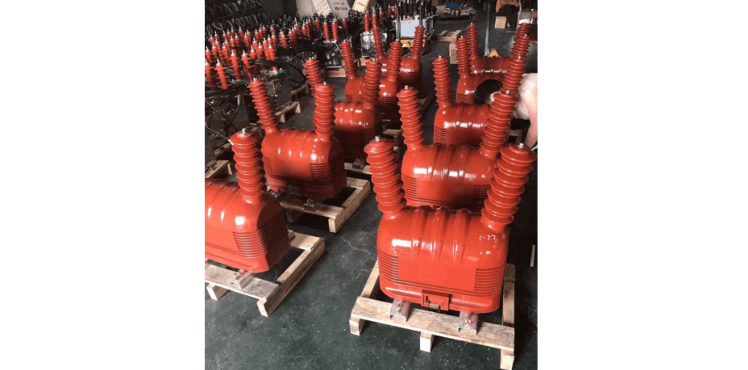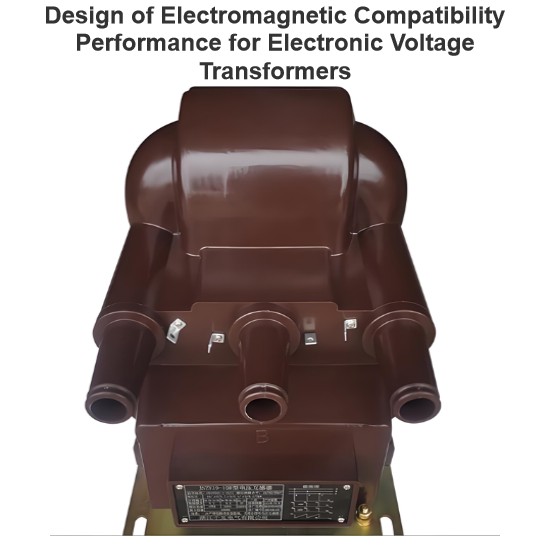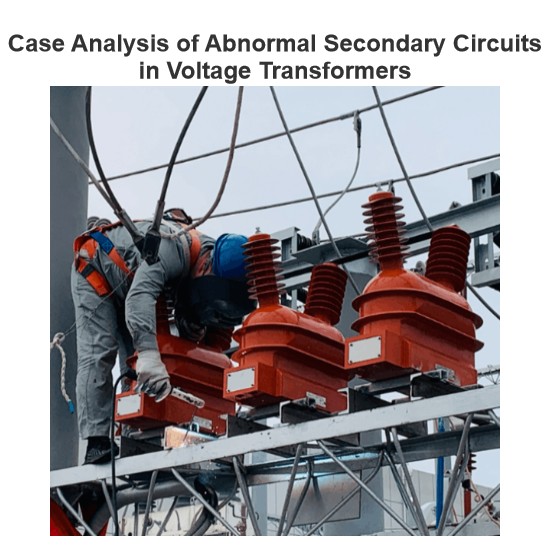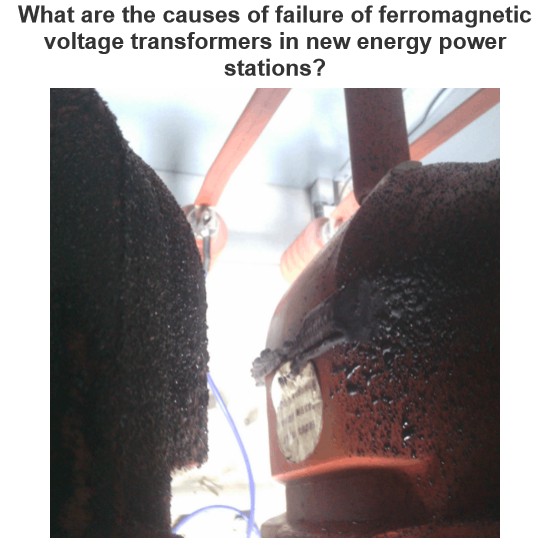What are the development trends of voltage transformers?
By Echo, 12 Years in the Electrical Industry
Hi everyone, I'm Echo, and I've been working in the electrical industry for 12 years.
From early involvement in commissioning and maintenance of distribution rooms to later participation in electrical system design and equipment selection for large-scale projects, I’ve witnessed how voltage transformers have evolved — from traditional analog devices to intelligent, digital components.
The other day, a new colleague from a power company asked me:
“What’s the current state of voltage transformer development? And where is it heading in the future?”
That's a great question! Many people still think of voltage transformers as just "a core wrapped with coils," but they're quietly undergoing transformation.
Today, I want to talk about:
How are voltage transformers used today? What are the future trends? And what should professionals like us be paying attention to?
No jargon, no complicated theories — just real-world experience from over a decade on the field. Let’s take a look at how this old friend is evolving.
1. What Exactly Does a Voltage Transformer Do?
Let’s start with a quick overview of its basic function.
A voltage transformer (PT), also known as a VT (voltage transformer), is a device that converts high voltage into a standard low voltage (usually 100V or 110V) in proportion. This signal is then used by measuring instruments and relay protection systems.
In short, it acts like the “eyes” of the power grid, telling us how high the voltage is in the lines.
Although its structure seems simple, it plays a vital role in measurement, monitoring, and protection across the entire power system.
2. Common Types and Real-World Applications
Based on my experience, the most commonly used types in actual projects are:
Type 1: Electromagnetic Voltage Transformer (EMVT)
- Simple structure and cost-effective;
- Widely used in distribution networks and small substations;
- Disadvantages include susceptibility to saturation and ferroresonance.
Type 2: Capacitive Voltage Transformer (CVT)
- Commonly used in high-voltage transmission lines (e.g., 110kV and above);
- More expensive, but offers better interference resistance;
- Can also serve as part of carrier communication systems.
In addition to these, I’ve seen more and more projects experimenting with Electronic Voltage Transformers (EVTs) — which is one of the key directions for future development.

3. Five Major Future Trends of Voltage Transformers
Over the years, I’ve observed that voltage transformers are evolving in the following five directions:
Trend 1: Smarter — Built-in Sensors and Remote Monitoring
In the past, voltage transformers were passive components that simply output analog signals to meters or protection devices.
But not anymore!
More and more newly built substations now require PTs with:
- Built-in digital sensors;
- Support for communication protocols like IEC61850;
- Output of digital signals to smart monitoring systems;
- Capabilities such as online monitoring, condition assessment, and even fault prediction.
For example: In one smart substation I visited, there was a new type of electronic voltage transformer that directly outputs optical fiber signals — eliminating the need for traditional secondary cables. It saved space and significantly improved data accuracy and transmission efficiency.
The future PT won’t just be a measuring device — it will become an intelligent sensing node in the power system.
Trend 2: Safer — Anti-resonance, Explosion-proof, Overheat Protection
One of the biggest issues with voltage transformers is ferroresonance.
In ungrounded systems, once resonance occurs, it can cause protection misoperations or even burn out the device.
So many manufacturers are now offering:
- Anti-resonant PTs;
- High-impedance open delta damping devices;
- Internal fuses or overvoltage modules.
Some advanced models use epoxy resin casting or gas insulation technology to improve insulation performance and reduce explosion risks.

Trend 3: Greener — Reduced Oil Use and Environmental Impact
Many older PTs are oil-immersed, which has good heat dissipation but comes with risks like oil leakage and environmental pollution.
Nowadays, especially in new projects, there’s a growing trend toward:
- Dry-type PTs;
- Gas-insulated PTs;
- Using recyclable materials for enclosures.
This is beneficial both for environmental protection and long-term operation and maintenance.
Trend 4: More Compact — Miniaturization and Integration
With increasing land scarcity in cities, especially in applications like data centers, metro stations, and commercial complexes, there’s higher demand for compact equipment.
Therefore, PT design is trending toward:
- Smaller size;
- Lighter weight;
- Multi-functional integration (e.g., combined with current transformers into “composite transformers”);
- Easier installation.
I once saw a modular PT in a PV step-up station — it was plug-and-play, eliminating the hassle of traditional wiring and significantly improving efficiency.
Trend 5: Better Adaptation to Harsh Environments — Moisture-resistant, Corrosion-proof, Heat-tolerant
Especially in coastal and tropical regions, voltage transformers often face challenges such as:
- Salt fog corrosion;
- High temperature and humidity;
- UV aging.
To address these, modern PTs are increasingly designed with:
- Stainless steel or fiberglass housings;
- Enhanced sealing (IP54 and above);
- Internal heating and dehumidification devices;
- Higher insulation ratings to withstand harsh weather.
On a project in Southeast Asia, I saw a PT specially treated for moisture resistance — it could operate stably even during heavy rain.
4. Our Response Strategy
As a 12-year veteran in the electrical field, here are some suggestions for professionals in different roles:
For Technical Personnel:
- Learn communication protocols and configuration methods for digital PTs;
- Master new technologies like infrared thermography and partial discharge detection;
- Understand the networking methods of smart substations;
- Improve data analysis skills to support condition-based maintenance.
For Procurement and Project Managers:
- When selecting equipment, consider reliability, compatibility, and long-term O&M costs, not just price;
- Clarify protection levels and technical specifications for special environments;
- Communicate clearly with suppliers to avoid blind choices;
- Maintain equipment records and track operational data.
For Companies and Organizations:
- Prioritize smart, eco-friendly PTs in new or upgraded projects;
- Introduce digital monitoring platforms for centralized management;
- Organize regular training to keep frontline staff updated with new technologies;
- Develop standardized selection guidelines to improve equipment consistency.
5. Final Thoughts
Voltage transformers may sound like an "old-school" component, but they are quietly becoming smarter and more powerful.
From "just measuring voltage" to "predicting faults," their role is constantly evolving.
After 12 years in the field, I believe:
“Don’t treat them like ordinary devices anymore — they’re becoming the eyes and brains of the smart grid.”
Future voltage transformers won’t just be simple voltage conversion tools; they’ll be intelligent terminals integrating sensing, communication, analysis, and safety features.
If you're interested in the intelligent development of power systems, feel free to reach out — we can explore more hands-on experiences and cutting-edge trends together.
May every voltage transformer run stably, safeguarding the safety and efficiency of our power grid!
— Echo
As an expert in the application and trends of electrical equipment, I have a profound mastery of knowledge in circuits, power electronics, etc. I possess a comprehensive set of abilities including equipment design, fault diagnosis, and project management. I can precisely grasp the industry's pulse and lead the development of the electrical field.













